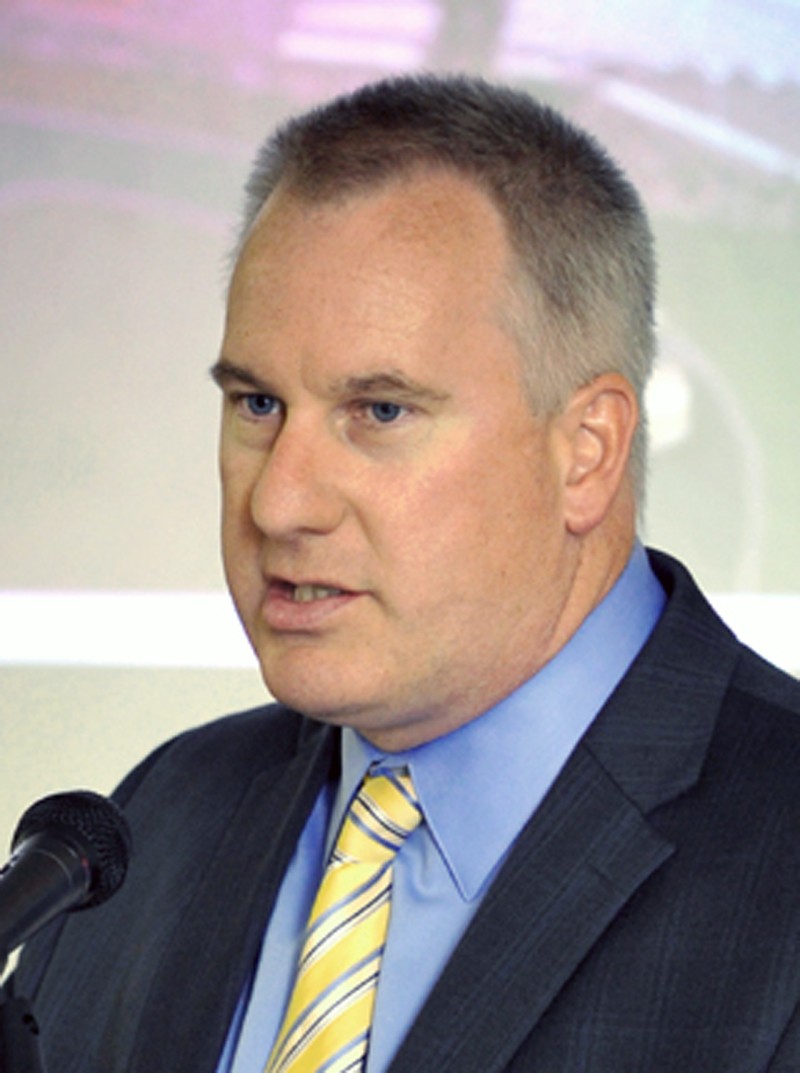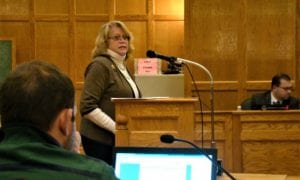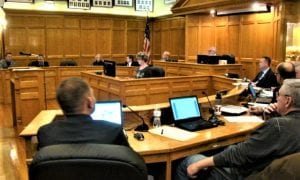WESTFIELD – Mayor Daniel M. Knapik said this morning that he will seek a tax levy of 1.5 percent, a major part of the formula used to set the tax rate for residential, commercial, industrial and personal property.
Knapik said at the Chamber of Commerce Mayor’s Coffee Hour held at Miss Sweets this morning that he will request the City Council to appropriate $600,000 from the city’s stabilization account to reduce the need to hike property taxes to the full 2.5 percent allowed under state law.
Knapik said that the combination of a lower levy and the use of stabilization funds will offset $1.8 million in the property tax over three years.
The City Council will discuss and vote on a residential shift Thursday, the other major piece for setting the tax rate.
The shift bifurcates tax structure, creating one rate for residential property and a second rate for commercial, industrial and personal (CIP) property.
The city adopts a $126 million budget in June for the fiscal year which begins July 1, then sets the tax rate several months later to generate sufficient revenue to fund that budget. The time lag is due, in part, to several factors.
One factor is the level of state aid the city will receive, a moving target because those funds are in different appropriation bills approved, often after the new fiscal year begins by the state Legislature and governor.
Another factor is revenue generated through excise tax collected by the city and new growth, real estate added to the city’s tax base during the last fiscal year. The current fiscal year budget was approved using a new growth revenue number of $800,000 as a conservative estimate, but is actually $775,000 this year.
Other factors are the level of “free cash” or money left over from the previous fiscal year, and funding in the city’s stabilization accounts.
The state Department of Revenue (DOR) reviews and certifies those factors, typically in late November or December.
All of those factors, local aid from the state, free cash, new growth, excise tax, stabilization effect to tax levy formula which the City Council will discuss Thursday. The residential shift factor was referred to the Finance Committee which will make a recommendation to the full council.
The numbers provided by the Assessor’s and Collector’s offices for the meeting last Wednesday were based on Knapik seeking the full 2.5 percent increase allowed under Proposition 2 1/2.
Those offices will now have to revise the impact of the shift on all classes of property to reflect Knapik’s proposal to seek only a 1.5 percent tax increase.
Knapik said that he anticipates the DOR will certify between $2.3 and $2.5 million in free cash, part of which will be added to the city’s stabilization account, bring that rainy-day fund to $6.2 million for the next fiscal year.
Knapik said that because the City Council continued its tax shift public hearing, the city officials can present new data to the council for its consideration as it debates the shift factor.







